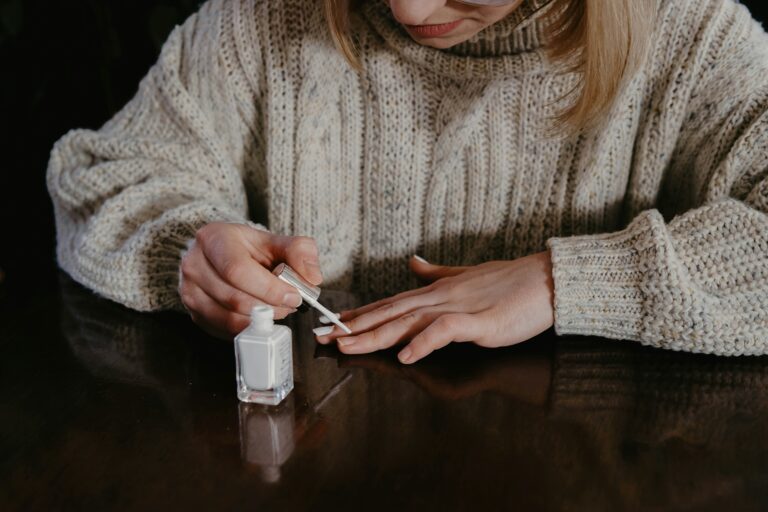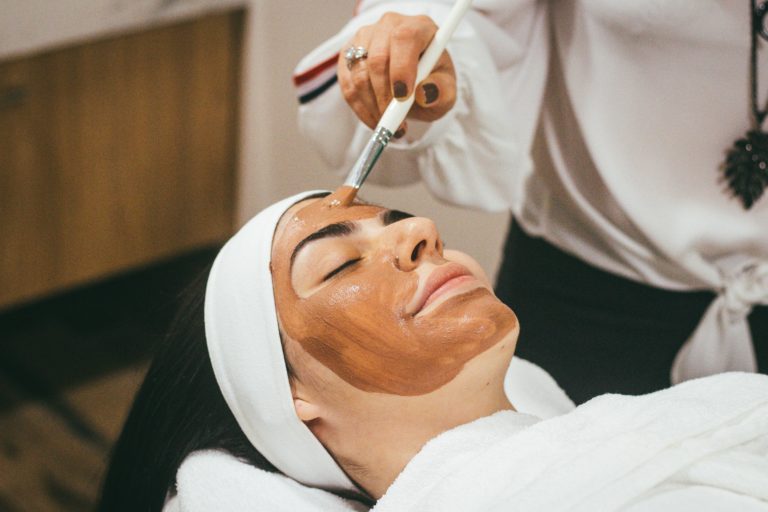
DIY Natural Bath Rituals for Mental Health
Taking time to care for your mental health is as important as caring for your physical health. One way to practice self-care is by incorporating natural bath rituals.…

Taking time to care for your mental health is as important as caring for your physical health. One way to practice self-care is by incorporating natural bath rituals.…

Journaling is a simple yet powerful tool for self-improvement. It allows individuals to explore their thoughts, emotions, and experiences. It provides a safe space for reflection, fosters gratitude,…

Self-care is vital to maintaining overall well-being. It’s not just about indulging in spa treatments or luxurious beauty routines but about nourishing every aspect of ourselves—body, mind, and…

Starting the day with a mindful routine sets the tone for the rest of your day. By practicing self-care and setting clear intentions, you can create a morning…

In order to influence positive employee morale, every organization needs a comprehensive onboarding strategy. From the perspective of a new employee, the onboarding process is their first impression…

Cornerstone content consists of the best articles and pages on your site that you want search engines to see. Cornerstone content is the mechanism of making it easy…

In social media marketing, sometimes it seems as if everything can be achieved easily and freely as long as your work is innovative and authentic. Unfortunately, this is…

Learn to check the areas that need improvement and implement strategies to overcome a challenge that is hindering you from reaching the next level of the sales team’s…

This business category has information on a wide range of business tips. This involves information on creating and distributing valuable, relevant, and consistent content to attract and engage…

The Beauty industry covers a wide variety of information on skincare, color cosmetics, hair care, fragrances, beauty appliances (hair dryers; brushes; combs), services in salons and spas, and…

Personal assistants (PAs) are invaluable assets in both business and personal settings. They play a crucial role in managing tasks, enhancing productivity, and enabling their employers to focus…

It is easy to get caught up in the pursuit of success and overlook the importance of self-care and personal well-being. However, finding a balance between beauty and…

Full, well-shaped eyebrows can enhance your facial features and boost your confidence. However, not everyone is naturally blessed with thick brows. If you’re looking for a natural, budget-friendly…

Beauty and wellness expos have become essential events for professionals and enthusiasts alike. These gatherings bring together industry experts, innovators, and brands, offering valuable insights into the latest…